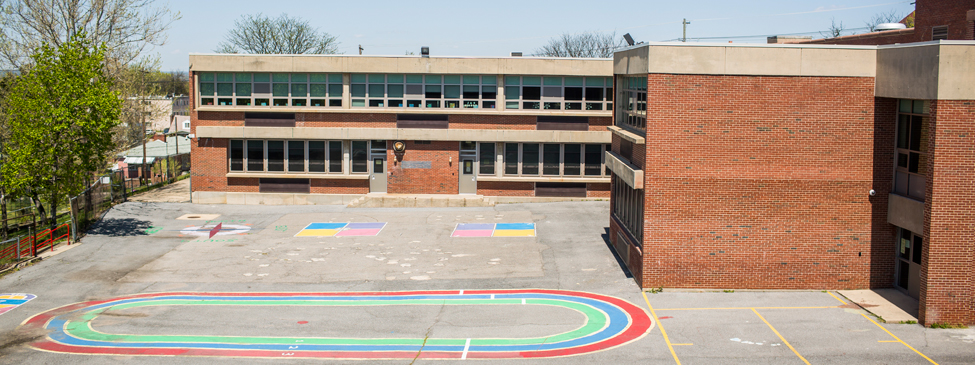Last month, The 74 published disturbing results from a very telling analysis: several of the nation’s largest school systems employ more security officers than guidance counselors. These facts come at a moment when questions about disciplinary policies and police presence in schools have moved to the forefront of the national conversation about education.
There’s plenty to dig into in the individual findings, but they raise a broader question: Is the approach to school security in urban school districts just one big self-fulfilling prophecy?
I can’t help but feel saddened by the fact we have more cops than counselors in our largest urban schools—especially when it has been documented time and again that the last thing most of these students need is severe discipline; they need early intervention and customized help.
To understand why they don’t receive that, you have to look back about twenty years. In 1994, the juvenile crime rate peaked, raising a national alarm for school safety. And while the number of arrests declined steadily over the next decade, the idea that young people should be feared stuck.
The result was that we—as a nation, as educators and as policymakers—began treating students who acted out in school more like criminals than children calling out for help. Instead of taking a proactive approach to discipline policies, we took a reactive one built around metal detectors, officers, and “zero tolerance” policies. In fact, by 1996, 79 percent of schools had adopted zero tolerance policies for violence that dramatically increased the suspension and expulsion rate, especially for black and Latino students.
This shift mirrored larger policy changes (documented most notably by Michelle Alexander in The New Jim Crow) that doled out long prison sentences even for relatively minor offenses—policies that have grown the prison population to five times what it was 30 years ago, with disproportionately high numbers of black and Latino inmates.
But school cultures built around a cadre of security officers don’t solve behavior problems; they make them worse. When police stationed in schools respond to incidents, they often become involved in minor issues that could be handled by teachers or other school staff, often with troubling results. Over-reliance on law enforcement in schools can also lead to a culture in which students are treated like criminal suspects instead of kids. It’s also well-established at this point that students of color—especially black males—bear a disproportionate brunt of all this disciplinary action, which robs them of valuable learning time and leads them down the path to prison.
In short, when you put enough energy and resources into punishing behavior, you find a lot more behavior to punish—whether or not it actually merits a severe punishment. None of this is lost on students, who hear the message we’re sending them loud and clear (just ask a nine-year old we recently spoke to). In many neighborhoods struggling with high crime rates, an elevated police presence is already a fact of life outside of school, which means these kids are under the watchful eye of law enforcement from the moment they step out the door in the morning to the moment they return home at the end of the day. It’s not a stretch to say that for tens of thousands of students across the country, school feels more like prison than a safe, welcoming, engaging place they look forward to spending five days a week.
This isn’t the kind of experience anybody wants for their kids. It’s also unlikely to address any of the root causes of school security issues. So, isn’t it at least worth considering what might happen if schools reallocated some of the money they currently spend on law enforcement officers to other alternatives?
For example, not one of the ten largest districts in the country meets the recommended ratio of one counselor for every 250 students. Most districts are nowhere close. What if a district did something radical and even reduced the ratio to a manageable caseload that fostered an environment for counselors to get to know individual students and the circumstances motivating their behavior in school? What if schools broadened their thinking and customized support services for students by having full time trauma, behavioral, and therapy teams?
Or, what if schools devoted more energy and resources to providing the kind of engaging instruction that would dramatically decrease misbehavior in the first place? What if they worked to forge partnerships with community organizations to connect students with role models who can help change the ways kids view school and authority figures?
There will always be rare times when law enforcement officials really do need to intervene in schools to keep students and teachers safe. And we don’t pose these questions to suggest finding alternatives to zero tolerance policies is easy. It’s not. But all the evidence suggests that it needs to be a more urgent priority, and we’ve seen promising early results from new approaches to discipline in our own work.
The practice of educating should be grounded in love. As we develop strategies for behavioral remediation, our solutions should also be grounded in love, as well as the belief that all students can grow. We, as educators, have an obligation to invest in every child’s social, emotional, and academic development.




